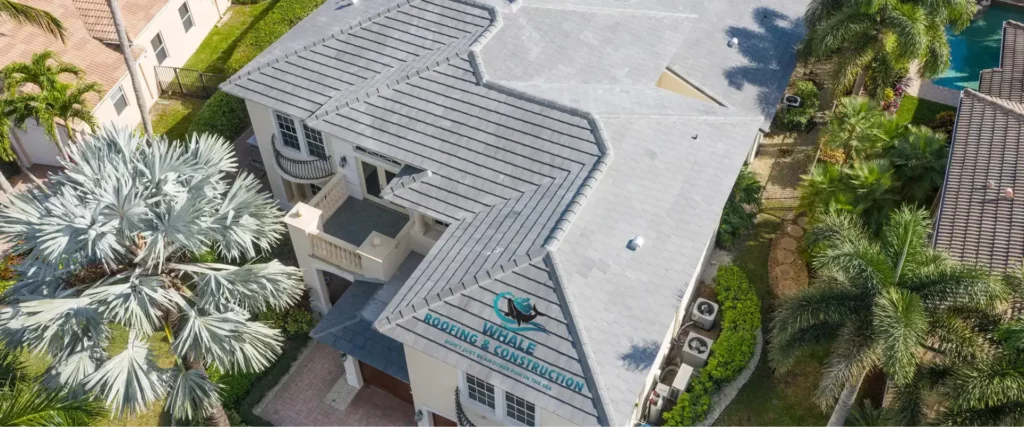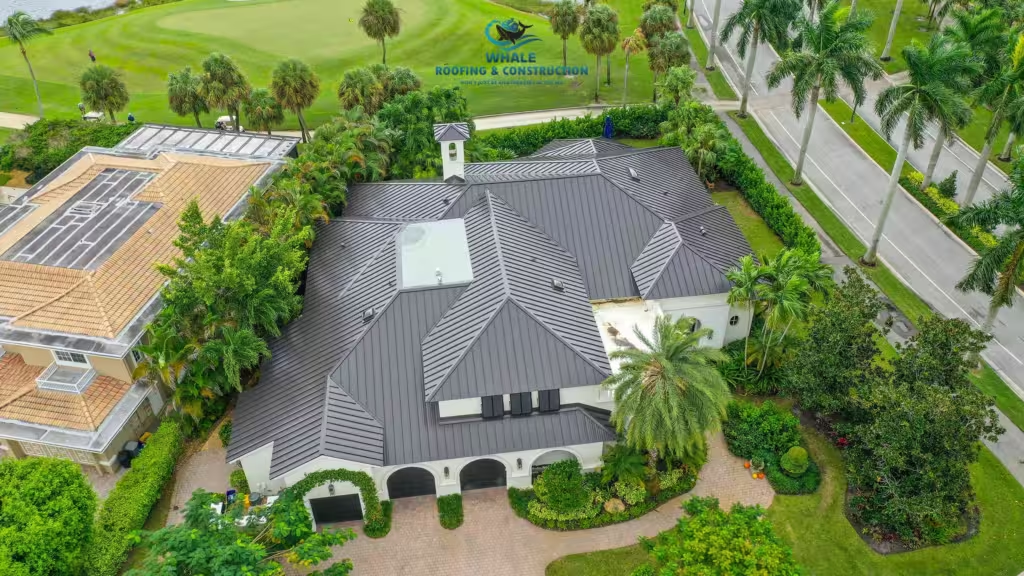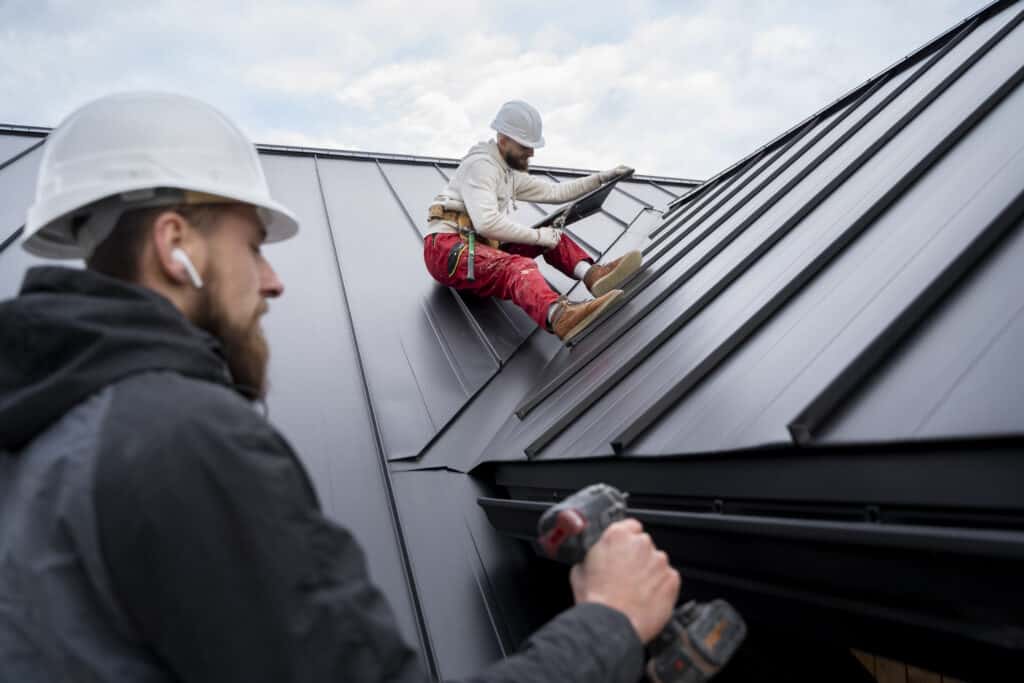Living in South Florida comes with its own set of challenges, especially when it comes to maintaining your home. The region’s unique climate, characterized by high humidity, intense heat, and frequent storms, can wreak havoc on roofing systems. Homeowners must be vigilant about potential roofing issues to protect their investment and ensure the safety of their families. In this article, we will explore the 12 most common roofing issues faced by South Florida residents and provide practical solutions to address them.
Understanding the Importance of Roof Maintenance
A well-maintained roof is crucial for safeguarding your home against the elements. It acts as the first line of defense against rain, wind, and sun exposure. Regular maintenance not only prolongs the lifespan of your roof but also enhances your home’s energy efficiency and aesthetic appeal. Neglecting roofing issues can lead to costly repairs and even compromise the structural integrity of your home.
The Role of Climate in Roofing Problems
The South Florida climate is notorious for its harsh conditions. High temperatures can cause roofing materials to deteriorate faster than in cooler regions. Additionally, the frequent storms and hurricanes can lead to significant damage if roofs are not adequately prepared. Understanding how these environmental factors contribute to common roofing issues is essential for homeowners.
Common Roofing Issues in South Florida
1. Roof Leaks
Causes of Roof Leaks
Roof leaks are among the most prevalent issues faced by homeowners in South Florida. They can occur due to various reasons, including:
- Damaged Shingles: High winds and flying debris can compromise shingles, creating openings for water to seep through.
- Flashing Failures: Flashing around chimneys, vents, and skylights can deteriorate or become improperly sealed, leading to leaks.
- Clogged Gutters: Blocked gutters can cause water to back up and seep under shingles, resulting in leaks.
How to Fix Roof Leaks
To address roof leaks effectively, follow these steps:
- Identify the Source: Look for water stains on ceilings or walls to locate the leak’s origin.
- Temporary Repairs: Use roofing tape or tar to create a temporary seal until professional help arrives.
- Professional Inspection: Contact a roofing expert to conduct a thorough inspection and repair any damage.

2. Wind Damage
Understanding Wind Damage
South Florida is no stranger to strong winds, especially during hurricane season. Wind damage can manifest in several ways:
- Missing Shingles: High winds can blow off shingles, leaving the roof deck exposed.
- Loose Shingles: Wind can loosen shingles, making them susceptible to further damage.
- Debris Impact: Falling branches and debris can puncture or crack roofing materials.
How to Repair Wind Damage
To protect your roof from wind damage, consider the following:
- Post-Storm Inspections: Regularly check your roof for any signs of damage after severe weather events.
- Secure Loose Shingles: Use roofing nails and adhesive to reattach loose shingles.
- Consult a Professional: Engage a roofing professional to assess and repair significant damage.
3. Heat-Related Shingle Damage
The Impact of Heat on Roofing Materials
The intense heat in South Florida can lead to significant damage to asphalt shingles. Without adequate ventilation, shingles may suffer from:
- Curling: High temperatures can cause shingles to curl, compromising their watertight properties.
- Blistering: Excessive heat can lead to blistering, which weakens the shingles.
- Warping: Prolonged exposure to heat can warp shingles, making them ineffective.
Preventing Heat-Related Damage
To mitigate heat-related damage, homeowners should:
- Improve Ventilation: Ensure your attic has proper ventilation to reduce heat buildup.
- Install Radiant Barriers: Consider adding radiant barrier insulation to reflect heat away from the attic.
- Regular Inspections: Schedule regular inspections to identify and address any heat-related issues early.
4. Mold and Algae Growth
Understanding Mold and Algae Issues
The humid climate in South Florida creates an ideal environment for mold and algae growth on roofs. These organic growths can lead to:
- Deterioration of Roofing Materials: Mold and algae can cause shingles to rot and lose their effectiveness.
- Aesthetic Issues: Stains from mold and algae can detract from your home’s curb appeal.
- Health Concerns: Mold can pose health risks to residents, especially those with respiratory issues.
How to Combat Mold and Algae Growth
To prevent and address mold and algae growth, homeowners should:
- Regular Cleaning: Schedule professional roof cleanings to remove mold and algae.
- Use Preventative Treatments: Apply treatments that inhibit future growth.
- Trim Overhanging Branches: Keep trees trimmed to reduce shade and moisture on the roof.
5. Clogged Gutters
The Importance of Functional Gutters
Gutters play a crucial role in directing water away from your roof and foundation. Clogged gutters can lead to:
- Water Backup: Blocked gutters can cause water to overflow and seep under shingles.
- Structural Damage: Excess water can damage the roof structure and lead to leaks.
- Pest Infestations: Standing water can attract pests, leading to further issues.
How to Maintain Gutters
To keep gutters functioning properly, homeowners should:
- Regular Cleaning: Clean gutters at least twice a year to remove debris.
- Install Gutter Guards: Consider installing gutter guards to prevent debris buildup.
- Inspect for Damage: Regularly check gutters for signs of damage or wear.

6. Aging Roofs
Recognizing Signs of Aging
As roofs age, they become more susceptible to various issues. Common signs of aging include:
- Cracked or Missing Shingles: Aging shingles may crack or become loose.
- Granule Loss: Asphalt shingles may lose granules, affecting their effectiveness.
- Sagging Areas: Sagging sections of the roof can indicate structural issues.
Addressing Aging Roofs
To manage aging roofs, homeowners should:
- Schedule Inspections: Have a professional inspect the roof regularly to identify potential issues.
- Consider Replacement: If the roof is nearing the end of its lifespan, consider a replacement to avoid further problems.
- Invest in Maintenance: Regular maintenance can extend the life of an aging roof.
7. Poor Installation
Understanding Installation Issues
Improper installation is a common cause of roofing problems. Signs of poor installation may include:
- Uneven Shingles: Shingles that are not aligned properly can lead to leaks.
- Inadequate Flashing: Poorly installed flashing can allow water to penetrate.
- Insufficient Ventilation: Lack of proper ventilation can lead to heat-related damage.
How to Ensure Proper Installation
To avoid installation issues, homeowners should:
- Hire Qualified Contractors: Always choose licensed and experienced roofing contractors for installations like those at Whale Roofing.
- Request References: Ask for references and reviews from previous clients.
- Verify Warranties: Ensure that both materials and labor come with warranties for added protection.
8. Structural Damage
Identifying Structural Issues
Structural damage can pose serious risks to your home. Signs of structural damage may include:
- Sagging Rooflines: A sagging roof can indicate underlying issues.
- Cracks in Walls: Cracks in interior walls may signal roof-related problems.
- Water Stains: Water stains on ceilings can indicate leaks and structural damage.
Addressing Structural Damage
To address structural damage, homeowners should:
- Seek Professional Help: Consult a roofing expert to assess the extent of the damage.
- Implement Repairs: Promptly address any identified issues to prevent further deterioration.
- Consider Reinforcements: In some cases, reinforcing the roof structure may be necessary.

9. Pest Infestations
Understanding Pest Damage
Pests can cause significant damage to roofs. Common pests include:
- Rodents: Rodents can chew through roofing materials, creating entry points for water.
- Insects: Insects can burrow into shingles and cause deterioration.
- Birds: Birds may nest on roofs, leading to blockages and damage.
Preventing Pest Infestations
To prevent pest damage, homeowners should:
- Regular Inspections: Conduct regular inspections to identify signs of pest activity.
- Seal Entry Points: Seal any gaps or openings to prevent pests from entering.
- Professional Extermination: If pests are detected, seek professional extermination services.
10. Debris Accumulation
The Impact of Debris on Roofs
Debris can accumulate on roofs, leading to various issues, including:
- Water Retention: Debris can trap water, increasing the risk of leaks.
- Weight Issues: Accumulated debris can add unnecessary weight to the roof.
- Damage from Falling Debris: During storms, debris can fall and damage roofing materials.
How to Manage Debris
To manage debris on roofs, homeowners should:
- Regular Cleaning: Remove debris regularly to prevent buildup.
- Trim Overhanging Branches: Keep trees trimmed to reduce the risk of falling debris.
- Post-Storm Inspections: Inspect the roof after storms to identify and address any damage.
11. Flashing Issues
Understanding Flashing Problems
Flashing is critical for preventing leaks around roof penetrations. Common flashing issues include:
- Deterioration: Over time, flashing can deteriorate and lose its effectiveness.
- Improper Sealing: Poorly sealed flashing can allow water to seep through.
- Corrosion: Metal flashing can corrode, leading to leaks.
How to Address Flashing Issues
To address flashing problems, homeowners should:
- Regular Inspections: Inspect flashing regularly for signs of damage or wear.
- Professional Repairs: Consult a roofing expert for repairs or replacements as needed.
- Use Quality Materials: Ensure that high-quality materials are used for flashing installations.
12. Lack of Regular Maintenance
The Importance of Maintenance
Neglecting regular maintenance can lead to various roofing issues. Consequences of neglect may include:
- Increased Repair Costs: Small problems can escalate into major repairs if not addressed early.
- Reduced Lifespan: Lack of maintenance can shorten the life of your roof.
- Decreased Property Value: A poorly maintained roof can affect your home’s overall value.
Implementing a Maintenance Routine
To implement an effective maintenance routine, homeowners should:
- Schedule Biannual Inspections: Have a professional inspect your roof at least twice a year.
- Clean Gutters Regularly: Ensure gutters are free of debris to prevent water backup.
- Document Repairs: Keep records of all maintenance and repairs for future reference.
Don’t Let Small Roofing Issues Turn Into Big Problems—Fix Them with Confidence
Roofing issues are common in South Florida, but they are manageable with the right approach. By understanding the most prevalent problems and implementing proactive measures, homeowners can protect their roofs and extend their lifespan. Regular inspections, timely repairs, and proper maintenance are essential for ensuring that your roof remains in optimal condition.
At Whale Roofing, we’ve seen firsthand how quickly minor roofing issues can escalate—especially under the harsh conditions of South Florida’s climate. Whether you’re dealing with cracked tiles, poor drainage, or hidden leaks, our expert team is here to diagnose the problem and deliver lasting solutions. Don’t wait until small signs of damage become major expenses. Contact Whale Roofing today for a thorough inspection and get ahead of roofing problems before the next storm rolls in.